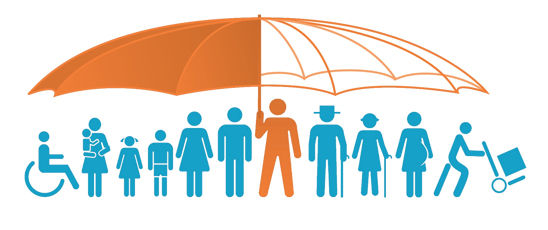Satellite Surveillance
Satellite surveillance refers to the use of satellite technology to monitor, observe, and collect data from the Earth's surface, atmosphere, or space. This advanced method of observation relies on satellites equipped with sensors, cameras, and other instruments to capture images, signals, or environmental data, which are then transmitted back to ground stations for analysis. Widely used in military, environmental, and civilian applications, satellite surveillance has become a cornerstone of modern technology, offering a unique vantage point from space.
What Does Satellite Surveillance Mean?
At its core, satellite surveillance involves the deployment of artificial satellites into orbit to keep watch over specific areas or activities. These satellites can be geostationary, remaining fixed over one location, or in low Earth orbit, circling the planet to cover vast regions over time. The term "surveillance" in this context does not necessarily imply secretive monitoring; rather, it encompasses a broad range of purposes, from tracking weather patterns to ensuring national security.
How It Works
Satellites used for surveillance are equipped with high-resolution cameras, radar systems, or infrared sensors, depending on their intended function. For example, optical satellites capture detailed images of the Earth’s surface, while radar satellites can penetrate clouds and operate at night, making them ideal for continuous monitoring. The data collected is sent to Earth via radio signals, where it is processed and analyzed by experts or automated systems. This technology allows for real-time or near-real-time observation of remote or inaccessible areas.
Applications of Satellite Surveillance
The applications of satellite surveillance are vast and varied. In the military, it is used to monitor enemy movements, detect missile launches, or verify compliance with international treaties. In environmental science, satellites track climate change, deforestation, and natural disasters like hurricanes or wildfires. Civilian uses include urban planning, navigation (e.g., GPS), and even monitoring illegal activities such as piracy or poaching. The versatility of satellite surveillance makes it an invaluable tool across multiple sectors.
Benefits and Concerns
The primary benefit of satellite surveillance is its ability to provide comprehensive, global coverage without the need for physical presence. It enables rapid response to emergencies, enhances security, and supports scientific research. However, it also raises concerns about privacy and misuse. The capability to monitor individuals or nations from space can lead to ethical debates, especially when used without consent or for political advantage.
In conclusion, satellite surveillance is a powerful technology that has transformed how we observe and understand our world. By leveraging the unique perspective of space, it offers unparalleled insights while prompting important discussions about its responsible use.
